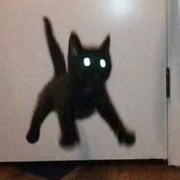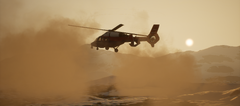- 2 replies
- 3,360 views
- Add Reply
- 16 replies
- 6,763 views
- Add Reply
- 1 reply
- 4,200 views
- Add Reply
- 40 replies
- 18,468 views
- Add Reply
- 10 replies
- 4,466 views
- Add Reply
- 17 replies
- 9,106 views
- Add Reply
Rise of Flight 1.022 patch is released
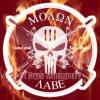
By Dagger,
The new Rise of flight patch is released, with the much awaited FM fix for the N17 and the release of the R.E.8
From the Rise of Flight Team --
Dear Customers!
Rise of Flight team is glad to inform you that we have completed the new update for your favorite game – version 1.022. This version contains several very noticeable features, so I’ll point on some of them here.
First of all, this update contains the new plane – it’s long-time expected Allies multirole plane for early period
Blackburn Buccaneer Released for SF2

By Dave,
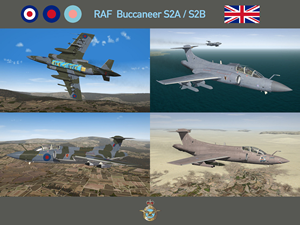

After months of screen shots and teasers, the Blackburn Bucaneer is finally released for Strike Figthers 2. It features the Bucaneer Mk.50, the ones used by the Fleet Air Arm and the Royla Air Force. The model is highly detailed and comes with its own set of unique weapons, sounds and many many skins. This new aircraft truly sets a new standard for the Strike Figthers 2 Mod world.
Click here for the RAF Bucc
Click here for the FAA Bucc
Click here for the SAAF Bucc
Rise Of Flight 1.021 released

By Dagger,


Our team is thrilled to inform you that a new update for the “Rise of Flight” project is ready to download and play. Version 1.021 brings you new features and important changes designed to improve the quality of your gameplay all the while adding several interesting aspects to it.
The most anticipated addition included with this update is a milestone French fighter which saw most of its action during the middle years of the Great War – the iconic SPAD VII.C1. We are providing this plane
New Project / Product Announcement: When Thunder Rolled

By Dave,
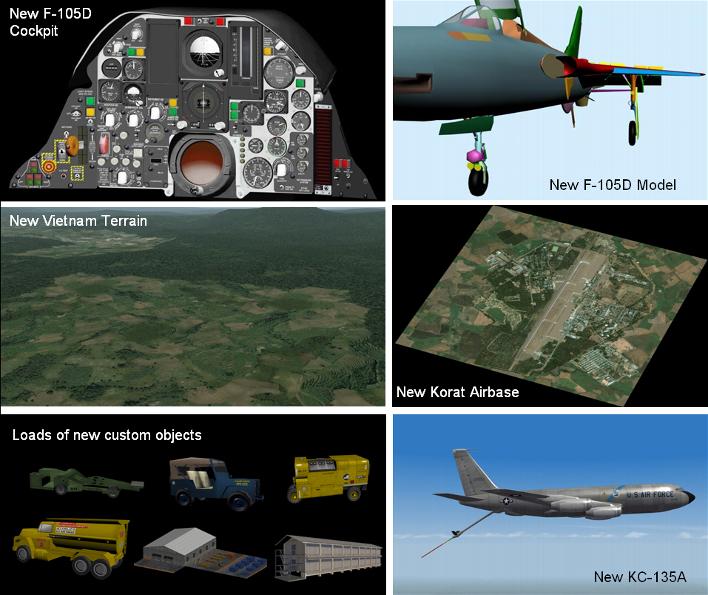

Subject: New Project / Product Announcement: When Thunder Rolled
All, wanted to share some news with you about a commercial Vietnam war project in the works that some might find interesting. It’s called “When Thunder Rolled” and is currently still in development. I’ve been communicating with the project team and offering support on this one, especially since it’s planned to be “mod friendly”, supports the Combat Ace community and has involved many of our community modders. I also like
Combat Ace TrackIR Giveaway Winners Announced!

By Ruggbutt,


I'd like to announce the winners of the TrackIR giveaway contest:
Zoky
Neiderer
Pharoah
Kunz
Yurka
witchking
The deliberation was tough and everyone who entered got at least one vote from the panel of judges. I didn't vote, my role was to moderate from the list of candidates as many who entered had multiple votes. Winners, please PM me with your name and address in the format it should be on the mailing label. Several will be mailed from Australia and the rest will be mailed from
Rise of Flight field mods.

By Dagger,


Just read this on the Rise of Flight news page.
Field Modifications
Dear Pilots,
Today we would like to show you some surprise items coming to ROF that you will be able to experience on your computer soon. It's fun to work with such an enthusiastic team because they always put in extra hours and sometimes this extra effort is spent researching new technologies or ideas and surprise breakthroughs are the result.
One such idea is the creation of WWI Gunsights! Since the



